Henry the VIII is best known for marrying six times and beheading his wives to avoid the inconvenience of divorce.
Most divorcee’s would probably agree that beheading is still the least messy option. Actually, Henry only had two of his wives beheaded, but who’s counting. To avoid confusion, here’s a quick rundown on the six wives of Henry VIII:
- He first married his brother’s widow, Catherine of Aragon, who was beautiful in youth but only produced a daughter, the future Queen Mary I (Bloody Mary). Henry made up his own religion, the Church of England, as an excuse to divorce Catherine and marry Anne Boleyn.
- Anne Boleyn was not beautiful, but apparently good enough in bed to convince Henry otherwise. Henry had previously banged her sister Mary. Like Catherine, Anne produced only a daughter, the future Queen Elizabeth I. Anne was accused of banging her own brother and a bunch of other guys too, so off with her head! The next day he got engaged to Jane Seymour.
- Jane Seymour was plain, but she was compliant...and more importantly, fertile. Jane bore a son, the future King Edward VI, but died shortly after of complications resulting from childbirth. Not to be confused with the actress Jane Seymour, "Dr. Quinn, Medicine Woman."
- Anne of Cleves looked beautiful in a portrait by Hans Holbein, but in person Henry found her ugly with saggy breasts. He married her anyway to maintain the German alliance, but had the marriage annulled, claiming they never had sex. They remained good friends.
- Next came Catherine Howard, an impetuous teenager with a bad habit of flirting with the wrong people. She was beheaded for cheating and concealing her previous sexual history from the King.
- Henry’s final wife Catherine Parr was a beautiful, twice-widowed, scholarly woman who could match him in intellectual conversations. She outlived him, and married his brother-in-law Thomas Seymour, who may also have had an inappropriate relationship with her step-daughter Princess Elizabeth. The British, am-I-right?
This is one of many versions of the famous “lost” portrait of Henry VIII by Holbein. It is a study for a mural of the King and his third family in the Palace of Whitehall, which was destroyed by the fire of 1698, along with priceless sculptures by Michelangelo and Bernini. This is unique among the many copies in that it is the only known surviving portrait of Henry to have been painted by Holbein’s own hand. It used to belong to the Spencer family, you know, Winston Churchill and Princess Diana’s folks.
Holbein exaggerated Henry’s physical stature for this propaganda portrait. Holbein was generous with the codpiece, and existing suits of armor prove that the real Henry was much squatter than Holbein portrayed him. Considered handsome in his younger years, by the time Henry did the bulk of his marrying and beheading he was a morbidly obese ginger. Hollywood has responded accordingly by casting a series of actors who mostly look like underwear models. "The Tudors" gets some of the basic facts right, but is basically just glorified soft porn. For a more accurate, though less sexy depiction, watch the BBC’s "Wolf Hall."



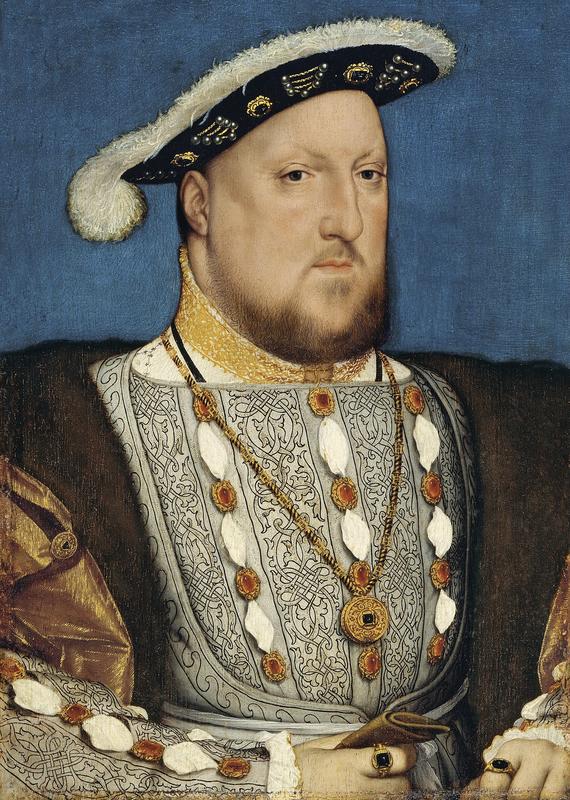
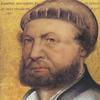

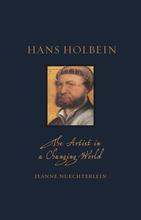









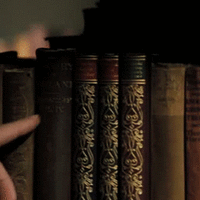
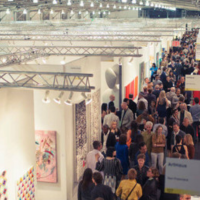
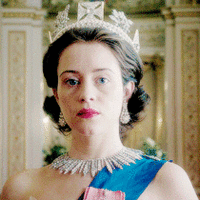
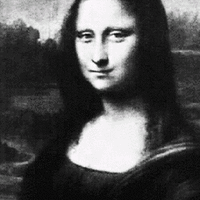
This painting is good. The details of his clothes and hat show that the author is a person who pays attention to detail.